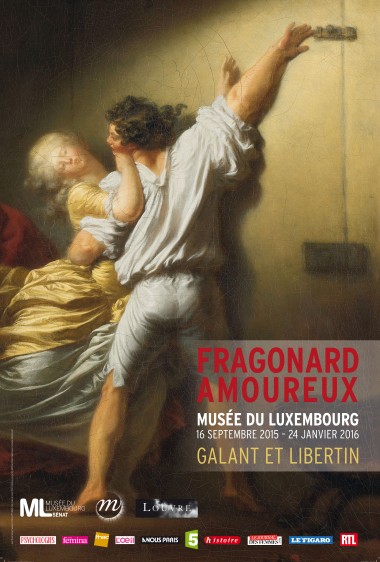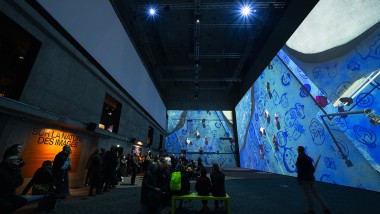
Fragonard and the Dangerous Reading
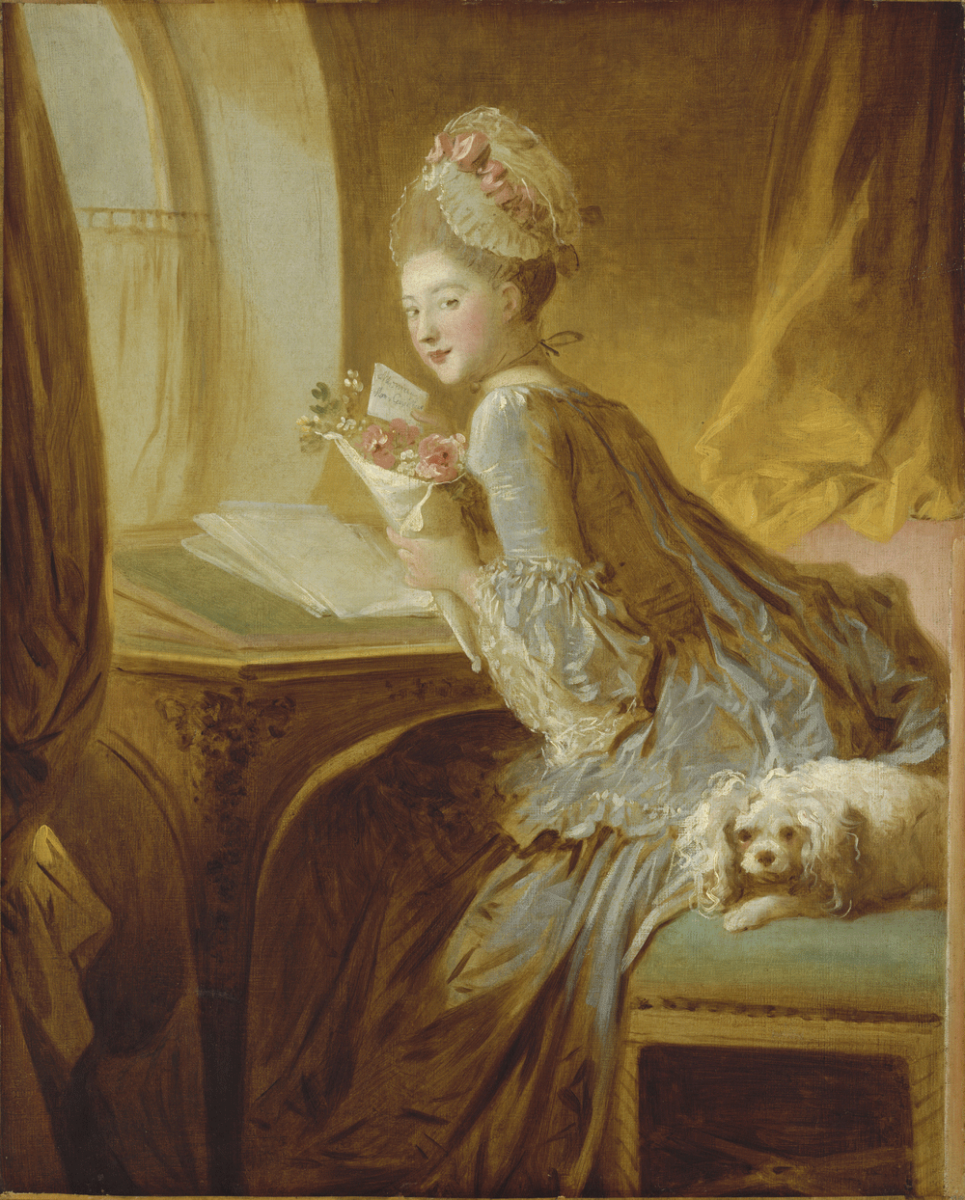
In the 18th century, reading became more widely adopted. Many social classes could therefore access means of knowledge that could cause established order to be called into question. Among the literary productions that inspired the most mistrust among authorities, the novel regularly provoked anathema and moral censorship. It was with this type of literature that Fragonard gladly associated. Representations of readers, female ones especially, abound in his works. Numerous moralists condemned the corruptive influence of the novel on a female readership considered too sensitive and therefore vulnerable.
Ambiguous, even frankly licentious rep- resentations flourished. However, literature was not the only corrupter of morals. Correspondence also devel- oped considerably in the 18th century. A special type of literature, the epistolary novel, bears witness to this unprecedented rise evidenced by the greatest literary successes of the century, from La Nouvelle Héloïse by Rousseau in 1761 to Dangerous Liaisons by Choderlos de Laclos in 1782. Exchanges of correspondence appear in the works of Fragonard, undoubtedly with their own romantic and deliciously forbidden significance.

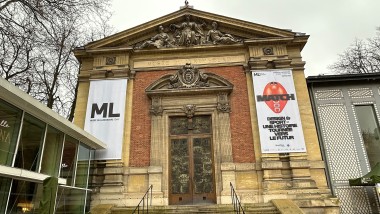
Design goes the extra mile for sport! The trailer for the next exhibition at the Musée du Luxembourg
Article - 11 March 2024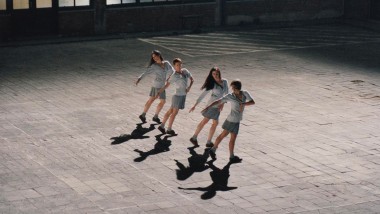
‘Rosas Danst Rosas', A contemporary dance by Anne Teresa De Keersmaeker in response to Stein
Article - 24 January 2024


